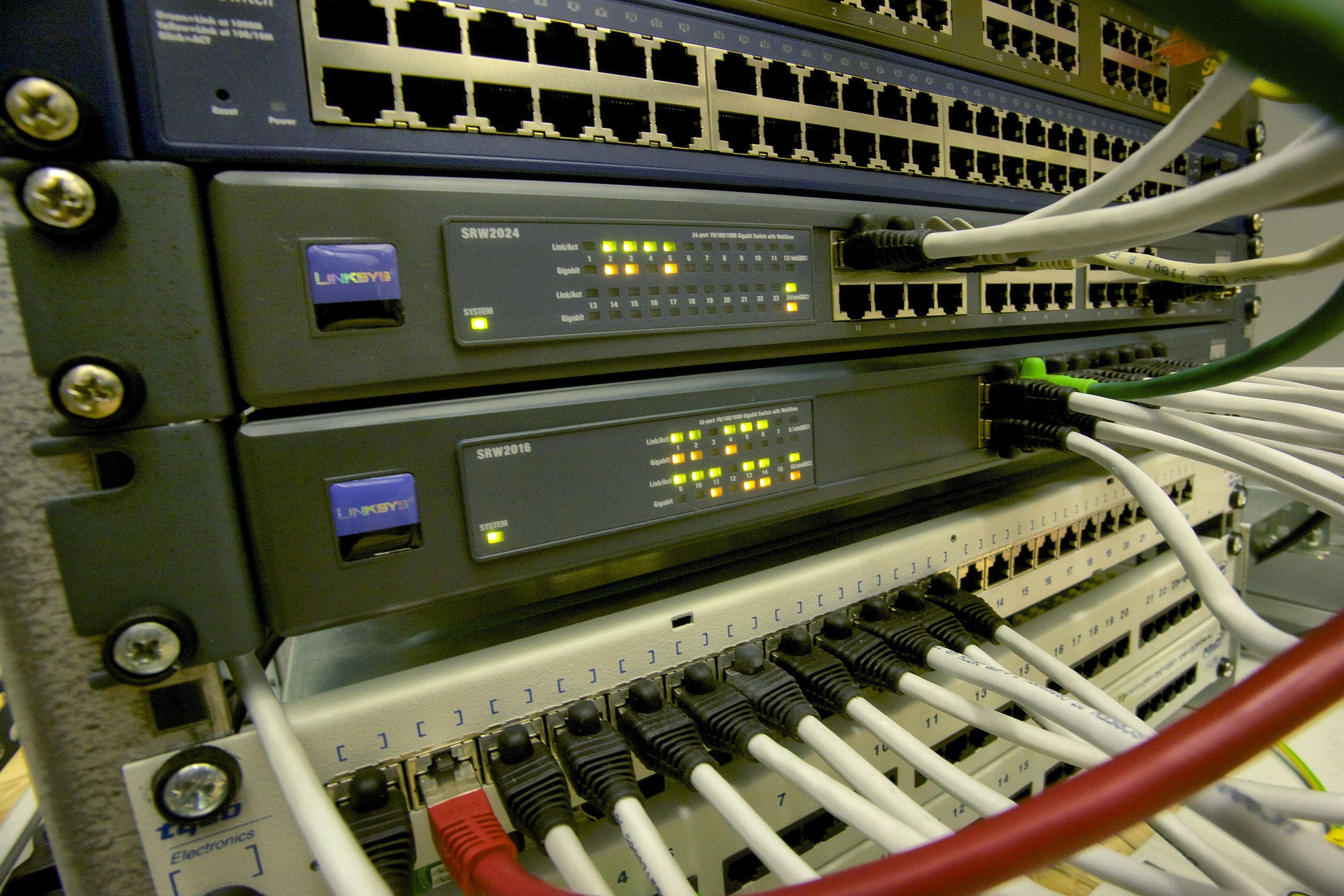How does the Internet work?

Despite the fact that the Internet is as yet a youthful innovation, it’s difficult to envision existence without it now. Consistently, engineers make more gadgets to coordinate with the Internet. This system of systems confuses the globe and even reaches out into space. In any case, what makes it work?
To comprehend the Internet, it assists with taking a gander at it as a framework with two primary segments. The first of those segments is equipment. That incorporates everything from the links that convey terabits of data consistently to the PC sitting before you.
Main components of the Internet
Different kinds of equipment that help the Internet incorporate switches, servers, mobile phone towers, satellites, radios, cell phones and different gadgets. Every one of these gadgets together make the system of systems. The Internet is a moldable framework - it changes in little manners as components join and leave arranges far and wide. A portion of those components may remain genuinely static and make up the foundation of the Internet. Others are progressively fringe.
These components are associations. Some are end focuses - the PC, cell phone or other gadget you’re utilizing to peruse this may consider one. We call those end focuses customers. Machines that store the data we look for on the Internet are servers. Different components are hubs which fill in as an interfacing point along a course of traffic. And afterward there are the transmission lines which can be physical, as on account of links and fiber optics, or they can be remote signs from satellites, phone or 4G towers, or radios.

The entirety of this equipment wouldn’t make a system without the second segment of the Internet: the conventions. Conventions are sets of decides that machines follow to finish errands. Without a typical arrangement of conventions that all machines associated with the Internet must follow, correspondence between gadgets couldn’t occur. The different machines would be not able to comprehend each other or even send data in an important manner. The conventions give both the strategy and a typical language for machines to use to transmit information.
Protocols of the Internet
You’ve likely known about a few conventions on the Internet. For instance, hypertext move convention is the thing that we use to see Web destinations through a program - that is the thing that the http at the front of any Web address represents. In the event that you’ve at any point utilized a FTP server, you depended on the document move convention. Conventions like these and handfuls more make the system inside which all gadgets must work to be a piece of the Internet.
Two of the most significant conventions are the transmission control convention (TCP) and the Internet convention (IP). We regularly bunch the two together - in many conversations about Internet conventions you’ll see them recorded as TCP/IP.
IP Addresses
What do these conventions do? At their most essential level, these conventions set up the guidelines for how data goes through the Internet. Without these standards, you would require direct associations with different PCs to get to the data they hold. You’d likewise need both your PC and the objective PC to comprehend a typical language.
You’ve most likely known about IP addresses. These addresses follow the Internet convention. Every gadget associated with the Internet has an IP address. This is the manner by which one machine can locate another through the huge system.
The adaptation of IP the greater part of us use today is IPv4, which depends on a 32-piece address framework. There’s one major issue with this framework: We’re coming up short on addresses. That is the reason the Internet Engineering Task Force (IETF) chose in 1991 that it was important to build up another adaptation of IP to make enough delivers to fulfill need. The outcome was IPv6, a 128-piece address framework. That is sufficient delivers to oblige the rising interest for Internet access for a long time to come source: Opus One.
TCP Protocol
At the point when you need to communicate something specific or recover data from another PC, the TCP/IP conventions are what make the transmission conceivable. Your solicitation goes out over the system, hitting space name servers (DNS) en route to discover the objective server. The DNS focuses the solicitation the correct way. When the objective server gets the solicitation, it can send a reaction back to your PC. The information may travel a totally unique way to hit you up. This adaptable way to deal with information move is a piece of what makes the Internet such an incredible asset.